Babies are born with an innate curiosity and a natural desire to explore the world around them. One of the primary ways they do this is through the baby’s interaction with toys. In this article, we will look into how babies interact with toys and the crucial role this plays in their development.
These simple objects, whether they squeak, move, or have different textures, help babies develop motor skills, problem-solving abilities, and even social interactions. This article explores the world of baby-toy interactions, highlighting the developmental milestones toys can create. It also offers insights into choosing playthings that align with and challenge a child’s capabilities.
1. The Significance of Early Play
a. Cognitive Development
Play is a powerful tool for mental development. Babies use their senses to explore toys, and building skills such as problem-solving, memory, and spatial awareness.
b. Sensory Stimulation
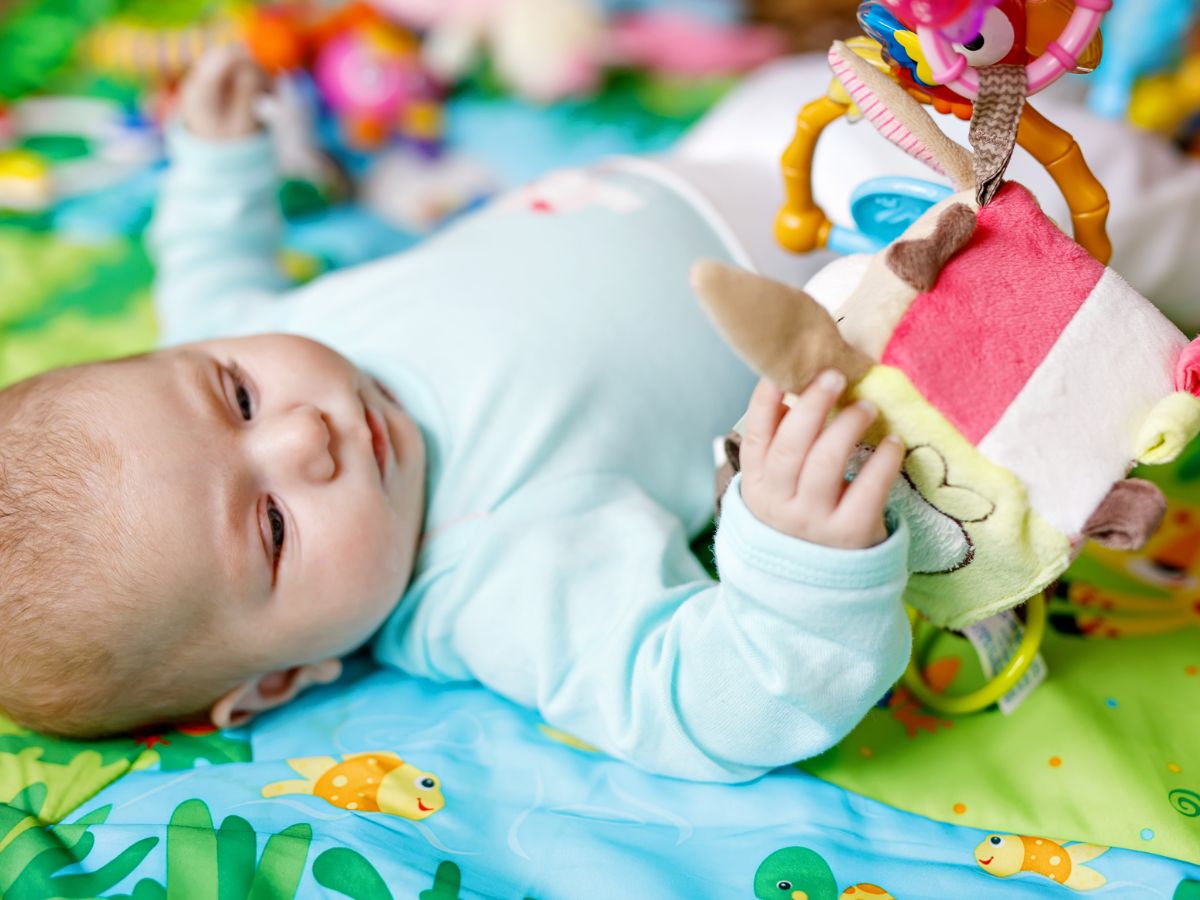
Toys engage a baby’s senses, including the sensation of touching different textures and hearing sounds. They also encourage visual exploration of colors and shapes.
c. Motor Skills
Interacting with toys encourages the development of both fine and gross motor skills. These movements are essential for physical development. They help babies grasp objects and eventually learn to crawl towards a toy..
2. Age-Appropriate Toys
a. Newborn to 3 Months
- High-contrast black-and-white toys stimulate visual development.
- Soft, textured toys encourage tactile exploration.
- Toys that make gentle sounds or music engage the auditory senses.
b. 3 to 6 Months

- Toys with mirrors encourage self-recognition and visual tracking.
- Soft, easy-to-grasp toys help in improving hand-eye coordination.
- Teething toys provide relief and promote oral motor skills.
c. 6 to 9 Months
- Toys that roll or move when touched encourage babies to reach and crawl.
- Stacking and nesting toys build problem-solving skills.
- Toys with buttons or levers develop cause-and-effect understanding.
3. Bonding Through Play
a. Parent-Child Interaction
Playing with your baby strengthens the parent-child bond. It provides an opportunity for quality time, communication, and emotional connection.
b. Responsive Play
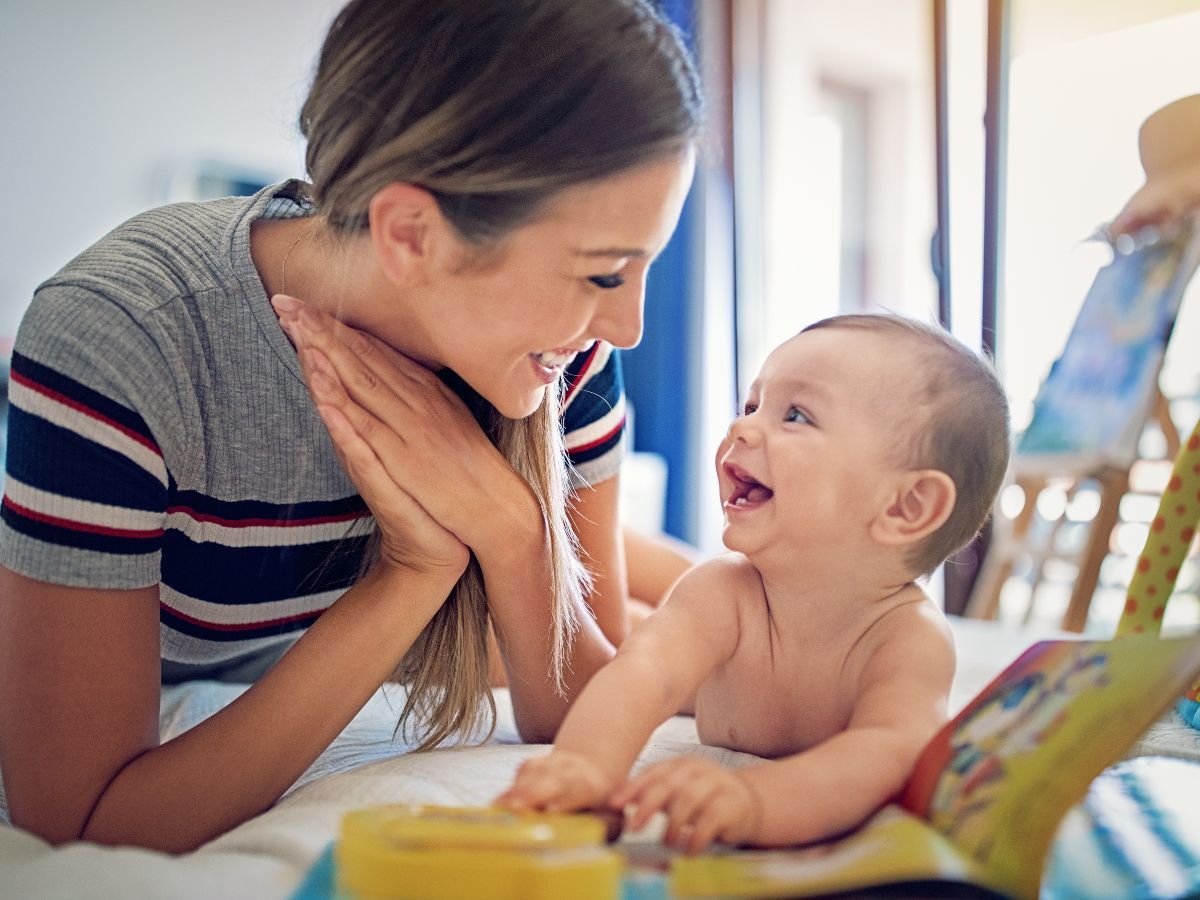
Being attuned to your baby’s cues during playtime is essential. Respond to their smiles, laughter, and expressions of interest, tailoring the play experience to their needs.
c. Encouraging Independence
As babies grow, they begin to explore toys independently. Encourage this independence by providing a safe environment and age-appropriate toys.
4. Safety Considerations
a. Age-Appropriate Toys
Ensure that the toys you provide suit your baby’s age and developmental stage to prevent choking hazards or accidents.
b. Non-Toxic Materials
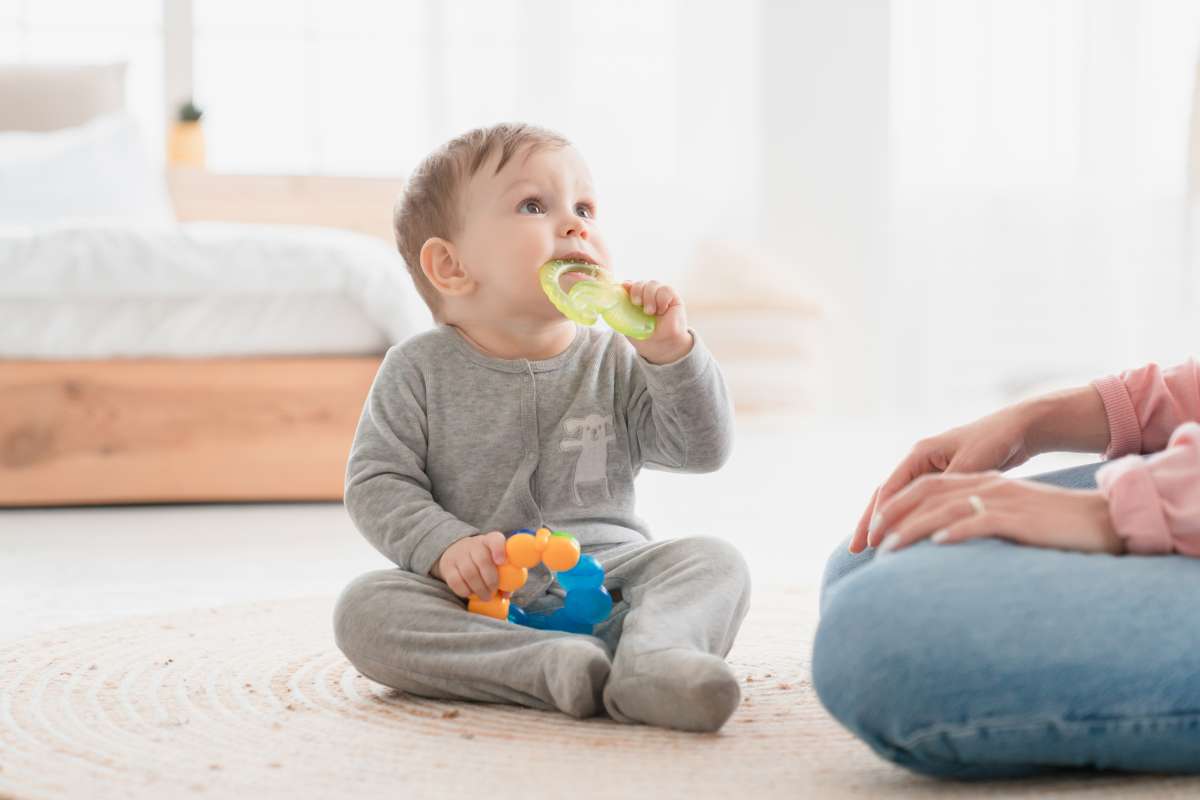
Go for toys made from non-toxic, BPA-free materials. Babies often explore toys with their mouths, so safety is paramount.
c. Supervision
While independence in play is essential, always supervise your baby during playtime to ensure their safety.
5. The Role of Toys in Language Development
a. Conversation Starter
You can use toys as conversation starters. Describe the toy’s colour, shape, and texture, helping in language development.
b. Storytelling
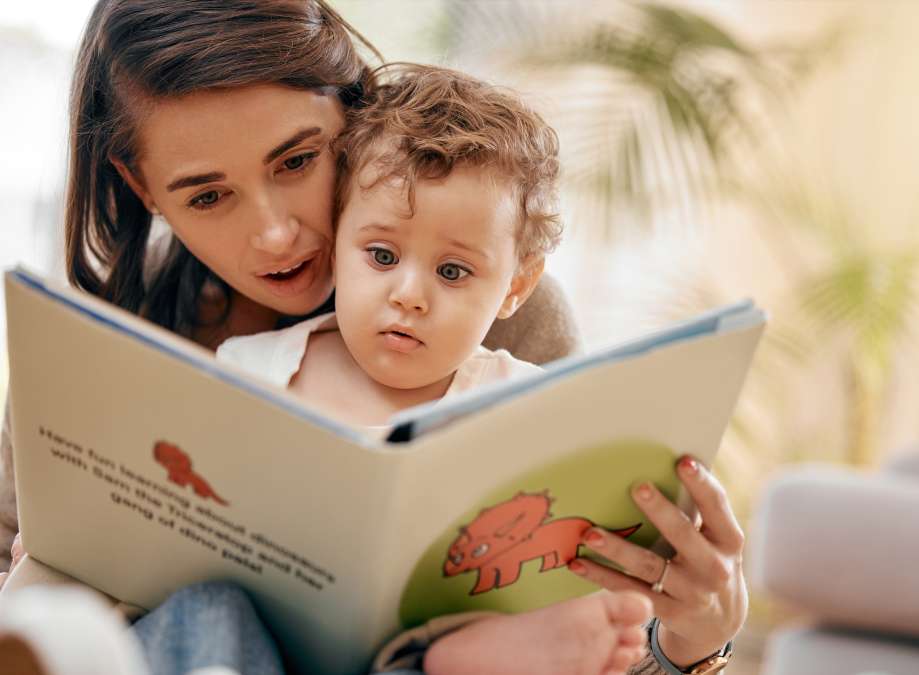
Use toys to create simple stories during play. This encourages listening skills and expands your baby’s vocabulary.
c. Imitation
Babies often imitate sounds and actions they observe during play. Make animal noises, sing songs, or mimic everyday activities to promote language development.
6. Encouraging Creativity
a. Open-Ended Toys
Open-ended toys like building blocks, playdough, and art supplies stimulate creativity and imagination.
b. Unstructured Playtime
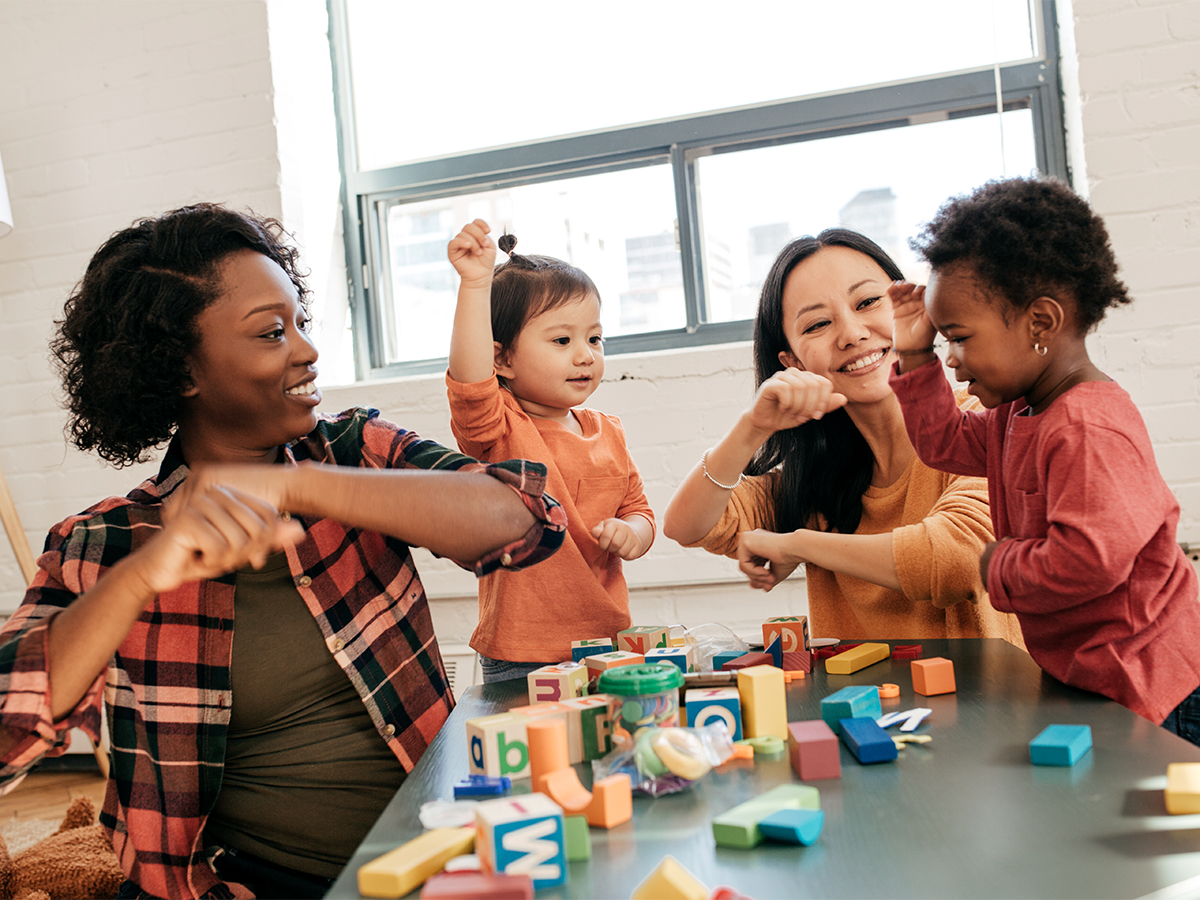
Allow your baby unstructured playtime, where they can explore toys freely and use their creativity to develop unique ways to interact with them.
c. Role-Playing
As your baby grows, introduce role-playing with dolls or action figures. This type of play encourages storytelling and imaginative thinking.
7. Rotating Toys
a. Prevent Overstimulation
Too many toys at once can overwhelm a baby. Rotate toys every few weeks to keep playtime fresh and prevent overstimulation.
b. Rediscovery
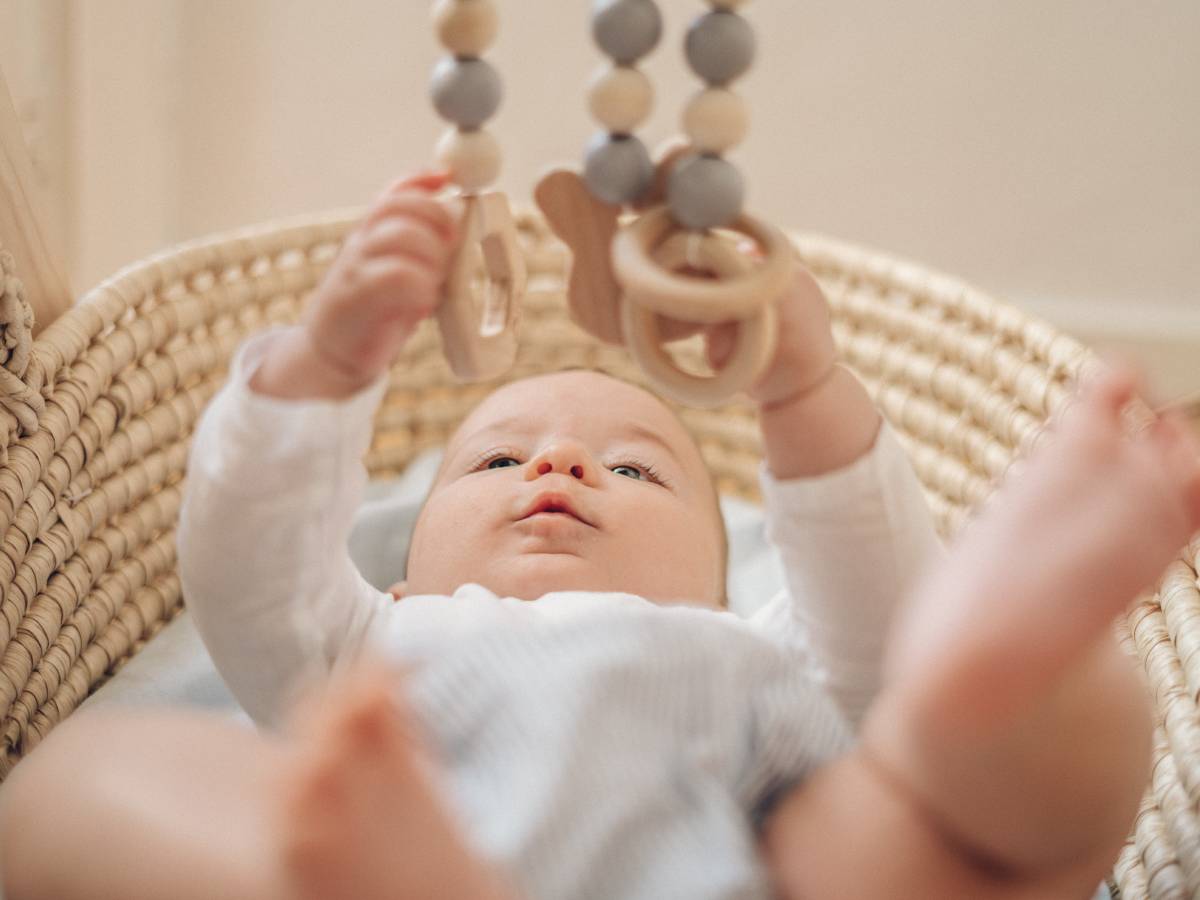
When you reintroduce a toy your baby has not seen in a while, they may approach it with renewed interest, exploring it in different ways.
c. Reduce Clutter
Rotating toys helps keep play areas organized and minimizes clutter. This creates a more manageable and enjoyable play environment.
8. Signs of Engagement
a. Focus and Concentration
A baby engaged with a toy will often display focused attention, demonstrating their interest and curiosity.
b. Experimentation
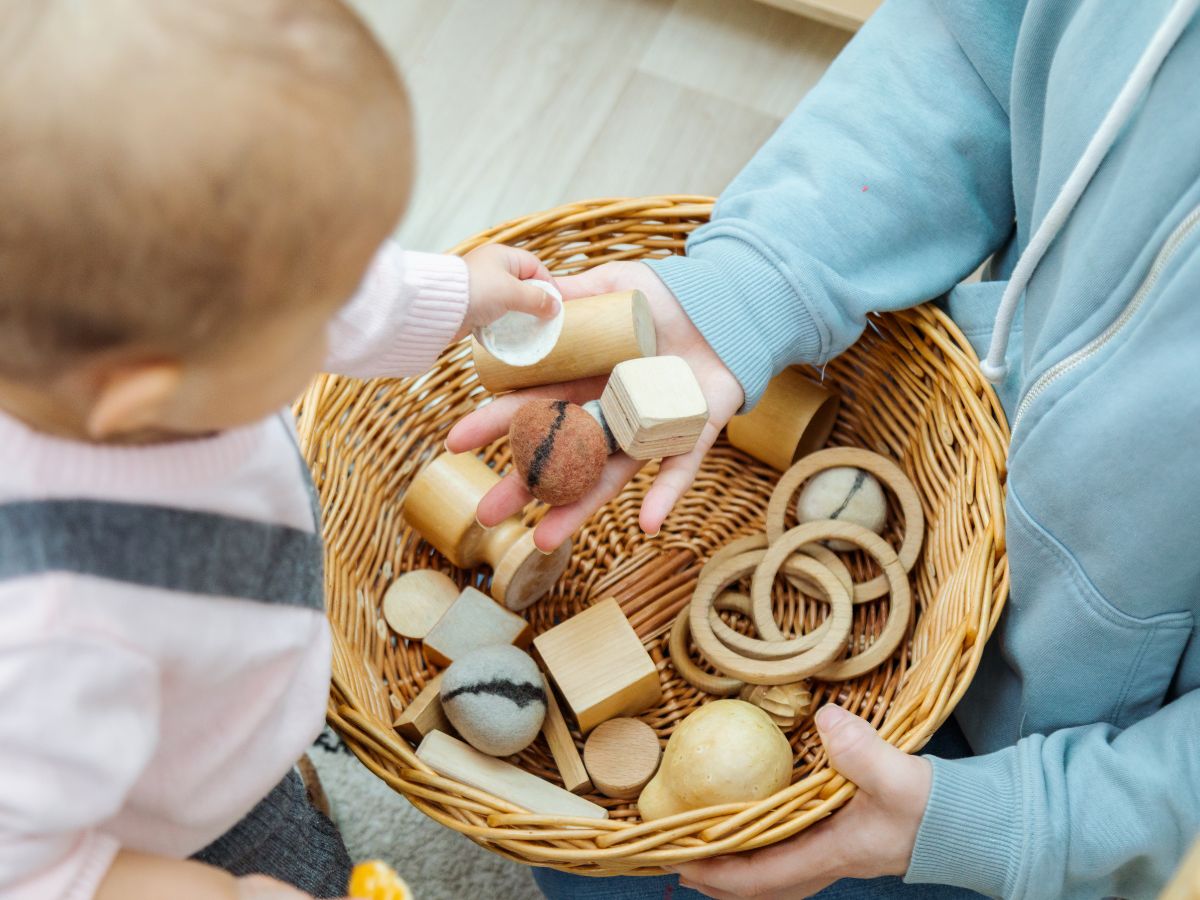
Engaged babies experiment with toys, trying different ways of interacting with them, whether shaking, banging, or stacking.
c. Vocalization
Baby’s interaction with toys may include vocalisation, such as babbling or making sounds in response to the toy’s features.
9. Promoting Independent Play
a. Encouraging Self-Exploration
Provide a safe space with various toys, allowing your baby to explore independently and develop a sense of autonomy.
b. Supervised Independence

While encouraging independent play, remain nearby to offer support guidance and to ensure your baby’s safety.
c. Gradual Transition
As your baby becomes more confident in independent play, gradually extend the duration of their solo playtime.
Baby’s interaction with toys is a critical aspect of their development, building mental, sensory, motor, and language skills. It also plays an important role in building a strong parent-child bond and promoting creativity and independence. As a parent, selecting age-appropriate toys is essential. Actively engaging in play with your baby provides a precious opportunity to support their growth and exploration. Pay attention to your baby’s cues, ensure safety, and celebrate each milestone they achieve through toy interaction. Ultimately, the world of play is a gateway to your baby’s understanding of themselves and the world around them, making it a beautiful and essential part of their early years.
